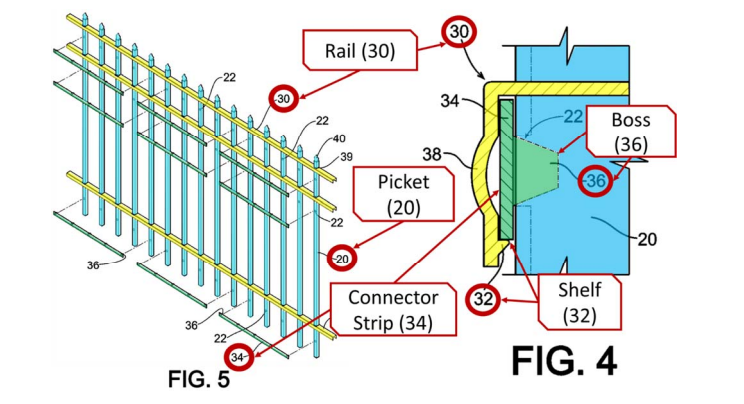
"In Barrette Outdoor Living, Inc. v. Fortress Iron, LP, No. 2024-1231 (Fed. Cir. Oct. 17, 2025), the FedCir affirmed a non-infringement judgment based on prosecution disclaimer, holding that statements made during prosecution of a later-filed continuation application limited the scope of already-issued patents from the same family. This reinforces a similar holding in Teva Pharms. USA, Inc. v. Sandoz, Inc., 789 F.3d 1335 (Fed. Cir. 2015) (statements in prosecution files of related patents are relevant to claim construction "regardless of whether the statement pre- or post-dates the issuance of the particular patent at issue.")."
"Most US patents are part of a larger family and the risk created by these decisions has potential implications for a large number patent holders. What are your best practices when making an argument in a continuation case about the scope of a particular claim limitation that part of an already issued patent? In this case, one solution would have been to amend the continuation to spell out the limitation rather force the limitation by argument. This path would have separated the two patents and better protect against that carry over."
The Federal Circuit affirmed non-infringement based on prosecution disclaimer, concluding that statements made during prosecution of a later-filed continuation can limit the scope of already-issued family patents. The decision follows Teva Pharms., which holds that prosecution-file statements in related patents are relevant to claim construction regardless of whether they pre- or post-date issuance. Most U.S. patents belong to larger families, increasing the risk that arguments or statements in one file will affect related patents. To mitigate that risk, applicants can amend continuation claims to expressly recite limitations rather than relying on prosecutorial argument, and consider structuring claim scope across separate family members.
Read at Patently-O
Unable to calculate read time
Collection
[
|
...
]